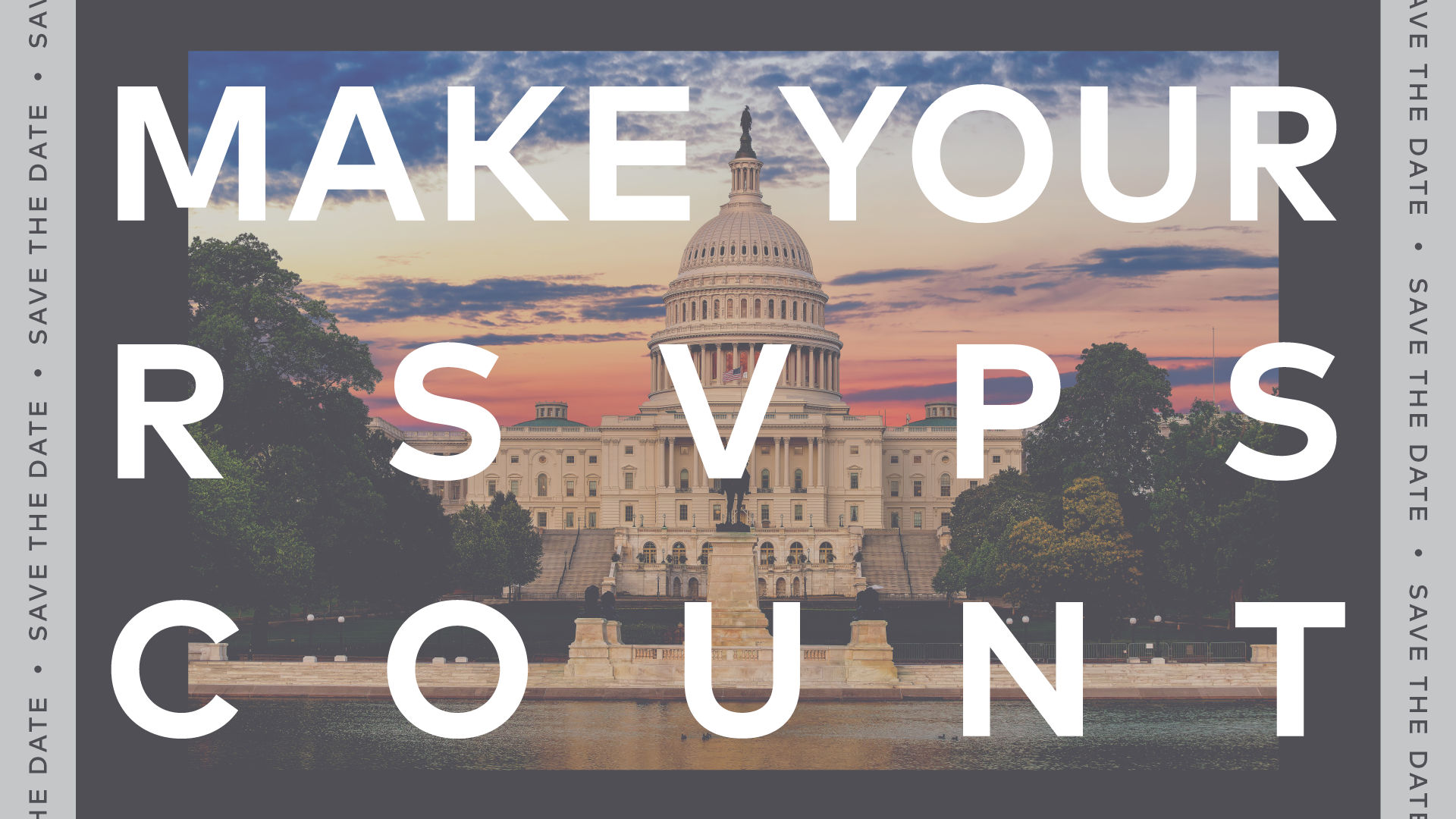Build an Event Strategy to Advance Your Comms. Goals

D.C. is BACK! From baseball games at Nats Park to patio receptions and rooftop parties, organizations are taking full advantage of the warmer weather, bringing friends and strangers alike together for social events, networking opportunities and everything in between.
Successful events are rooted in strategy.
When carried out correctly, events add tremendous value to your overall communications plan, help move the needle and create more brand awareness. Below are three steps to follow before, during and after an event to make your messaging stand out and ultimately achieve your strategic goals.
Step 1: Plan Strategically
When crafting your communications strategy and deciding whether an event will be a worthwhile step towards your goal, it’s helpful to find key moments to leverage and tie your event to. For example, if your goal is to create awareness around key legislation, and there is a widely attended industry conference in the area, this could be an ideal moment to host a salon dinner or fireside chat featuring your thought leaders and policy experts.
While developing the event, craft a targeted audience list that contains likeminded stakeholders, external voices who can serve as third-party validators, and media targets to sit down with before, during, and after your event to help with a full-press amplification of your message.
With media specifically, set up interviews or coffees to tease the event; share previews of the embargoed report you’re releasing; discuss a few points the keynote speaker will hit on on-background to create buzz around the event; or simply have a conversation to form a relationship that can help you later on for future initiatives.
Step 2: Maximize Impact During Event
To further educate attendees on your hypothetical effort supporting key legislation, consider including various activations within the event that will drive home your key points. Take the event a step further and think through ways to promote your brand throughout the event, such as creating an immersive experience that brings your key messages or priorities to life and involves guests in your efforts.
Mobilize your biggest fans! Make it easy for your team to amplify your messaging within the event by developing a messaging playbook for employees. Within the playbook, include draft social posts, talking points, creative assets, encouragement to take photographs, a look book of guests for your team to utilize, and any other information that might be useful for your team to perform at their fullest potential. For your external-facing audience, tailor the messaging playbook for attendees to elevate the campaign’s goals during the event. Deploy the playbook to your teams ahead of time to leave room for questions and for people to plan to use the information.
Step 3: Keep the Momentum Going Post-Event
Don’t stop when your event ends; use the momentum of your event to sustain an ongoing conversation about your campaign long after the audience has left the room. Consider publishing a post-event thought leadership piece from the voice of a trusted leader in your organization that not only will put the success and messaging of the event in writing but will also create lasting impact on your website or social media channels.
Capitalize on the relationships built at the event and use the value of a personal touch by following up with discussions from the event, resources for more information going forward, and potentially a note to invite them to the next event.
From a media affairs angle, send a blurb to targeted newsletters to help get coverage after the event. Set up news monitoring alerts to track coverage, any quotes used, and any other datapoints that explore the effectiveness of your hard work.
The Adfero POV
We know how much value a well-executed event can add to your strategic communication goals. As you face your next communications challenge, thinking through these three steps can be a sound way to incorporate event strategy into your communications plans, help you achieve your goals, reach key audiences, secure positive press, and elevate your leaders.